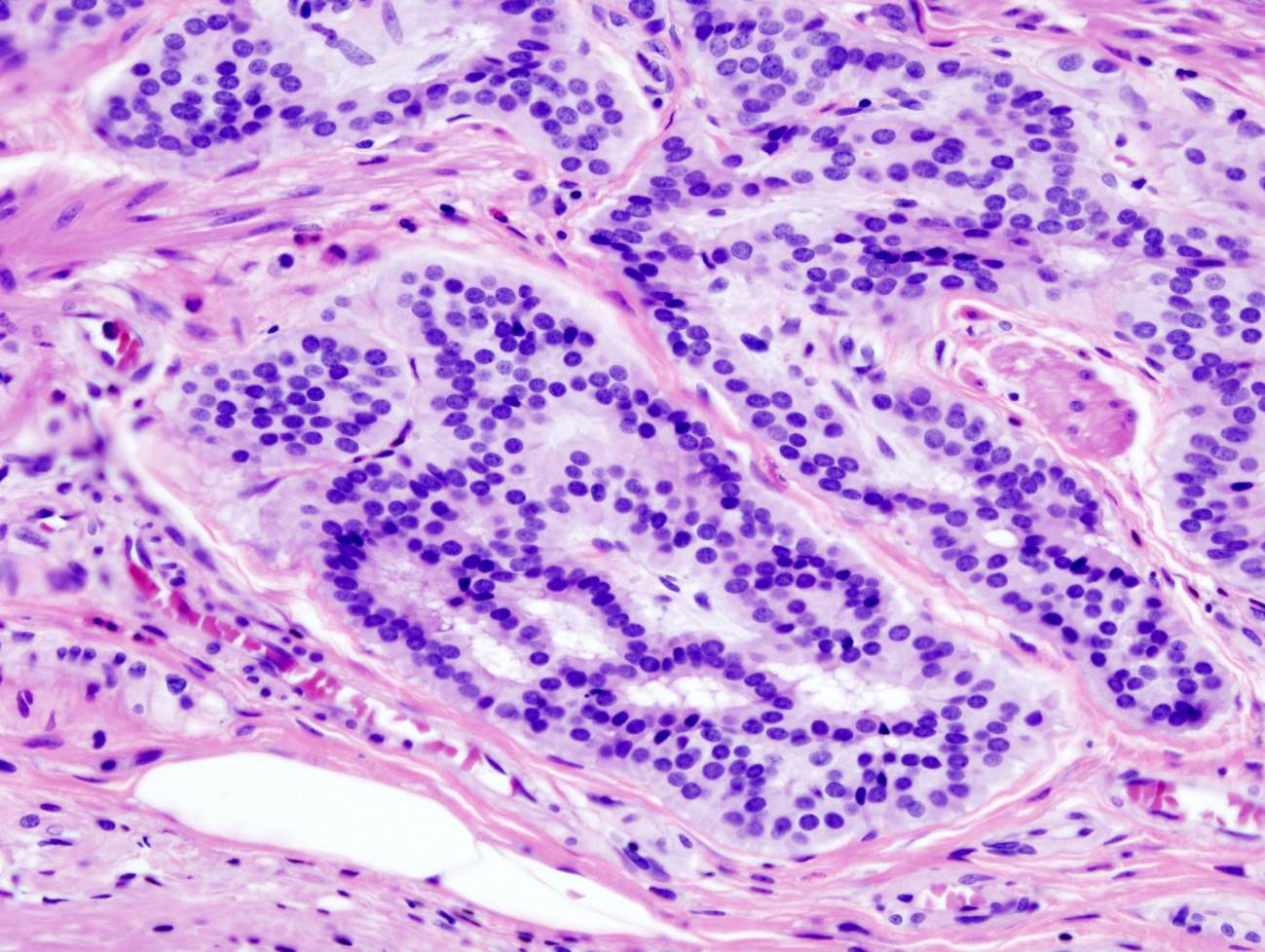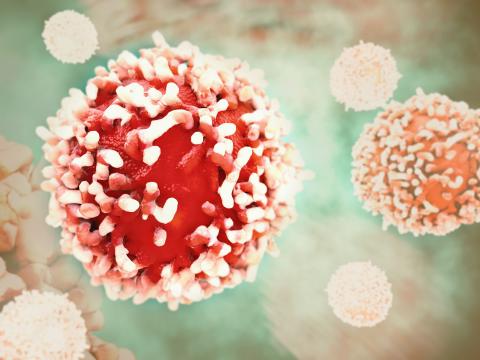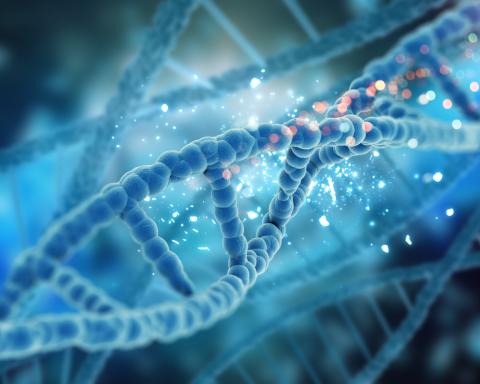A collection of atlases of tumors makes it possible to study their onset and evolution
The HTAN (Human Tumor Atlas Network) consortium is simultaneously publishing 11 papers in different journals of the Nature group. These include analyses of the architecture of tumors and their environment in more than 2,000 patients and twenty different locations, which will make it possible to study how they start and evolve. Among the novelties found are new clues about the development of metastasis and resistance to treatments, and the finding that colorectal cancer can arise from multiple cells with different mutations that act collectively, instead of from a single initial clone as previously thought.

Atlas - Schuhmacher (EN)
Alberto J. Schuhmacher
ARAID researcher and head of the Molecular Oncology Group at the Aragón Health Research Institute (IIS Aragón)
Cancer is an organized cellular crime. In the last few decades our vision of cancer has changed and these articles confirm many things that we had intuited, but now, thanks to the development of very powerful technologies, are confirmed.
If we saw cancer as a bank robbery, the classic vision we had was that of a bank robbery in the Wild West. The robber was a guy with a bandana over his face who entered the bank with a gun, robbed the cash box and galloped off on his horse. The tumor cell did everything and accumulated mutations.
The vision in recent years has been changing. It takes more than one person to rob a bank, as in Ocean's Eleven. One is the mastermind who coordinates everything, but he needs help. On your team is a driver with a vehicle at the door, another who gags the guards and, with how complicated today's safes are, you need explosives experts, welders and computer experts. At the very least.
The publications presented here explain and go deeper, on the one hand, into the role of cells that are in the tumor, but are not tumor cells, what we know as the 'tumor microenvironment'. These include the blood vessels that provide nutrients, oxygen and factors, the immune system that, instead of attacking the tumor, is tricked by the tumor to exploit it for its own benefit, support cells, and so on. And they re-educate and evolve with the tumor.
What is more interesting: this work confirms that in tumors, not all cells must accumulate all mutations in order to initiate. The 'brain' of the crime may be distributed among several tumor cells, at least in some types of colon cancer, but it will be extensive to many cancers. Instead of one tumor cell accumulating all the mutations and the tumor arising from a single tumor cell that has to do everything, tumors may arise from several altered cells that complement each other and are selected together.
This work adds complexity to the way we used to look at cancer and opens up a gap through which new and better diagnoses, treatments and prevention of many types of cancer can be made.
Lu et al.
- Research article
- Peer reviewed
- People
Klughammer et al.
- Research article
- Peer reviewed
- People



